Cathedral of Notre-Dame, Former Abbey of Saint-Rémi and Palace of Tau, Reims
Three medieval structures central to the history of Christianity and coronations in France.
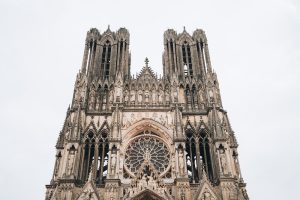
Three medieval structures central to the history of Christianity and coronations in France.
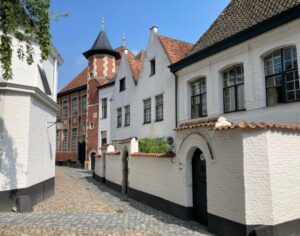
Centuries-old architectural ensembles in Flanders that once housed religious communities of women.
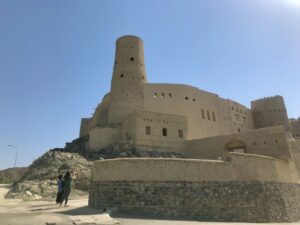
A massive mud-brick fortress, the capital of the Banu Nebhan and the centre of Ibadism in the Middle Ages.
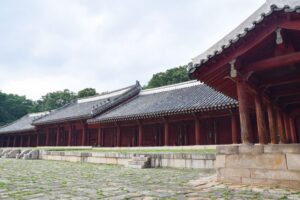
A Confucian shrine housing the spirit tablets of Korean royal ancestors.
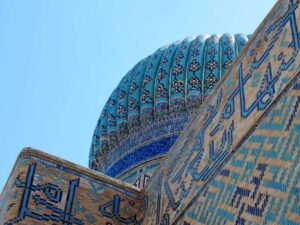
An unfinished mausoleum and mosque that allows an understanding of Timurid construction methods.
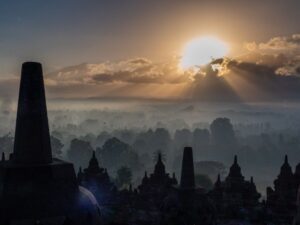
A massive and intricately-carved 9th-century Buddhist temple.
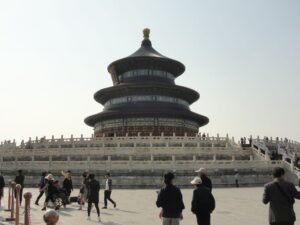
A religious complex used by Ming and Qing dynasty emperors that is significant both symbolically and architecturally.
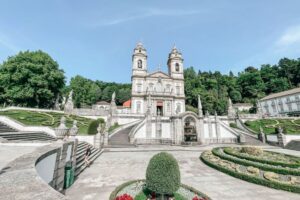
An exquisite example of Portuguese Baroque architecture expressing a spiritual journey.

Mount Fuji and numerous natural and religious sites related to its spiritual importance.
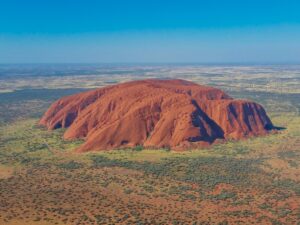
An awe-inspiring rock formation that is sacred to the local indigenous people, and similar red-rock domes not far away.
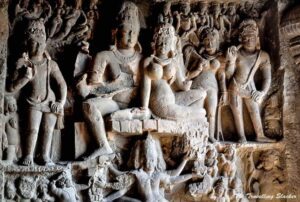
34 stunning stone-cut caves with carved and painted images from three different religions.
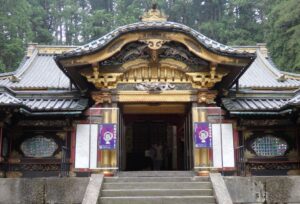
A complex of ornate and colorful religious buildings in a lovely forest setting.
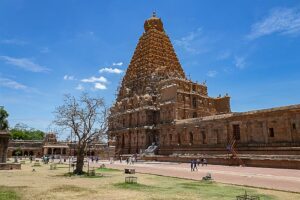
Three outstanding 11th-12th-century temples covered with carvings depicting elements of Hindu mythology.
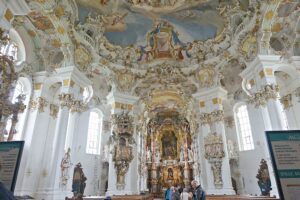
A magnificent rococo church with a legend that draws the faithful to visit.
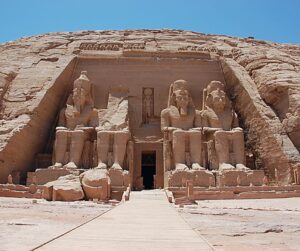
Magnificent temples demonstrating the power of Ancient Egyptian civilization.
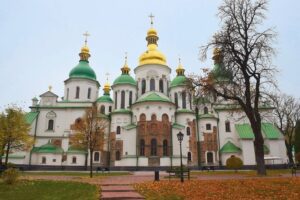
An Orthodox Christian cathedral and monastery dating back to the 11th century.
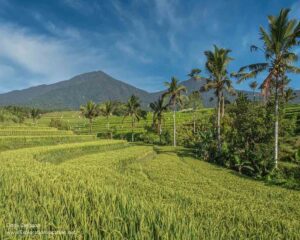
A traditional communal system interconnecting natural, religious and cultural components.
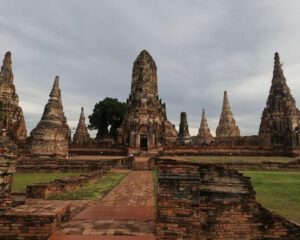
A 14th-18th century city that served as a seat of the Siamese royal court and whose art and architecture show international influences.
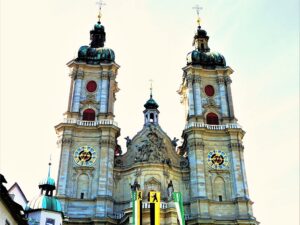
An 8th-century monastery with a beautiful Baroque cathedral and an ancient library.
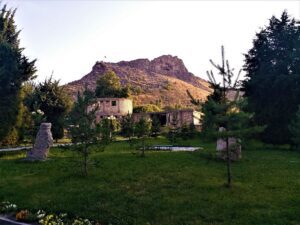
A small mountain with a very long history as a sacred site.
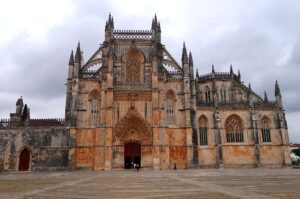
A well-preserved and impressive masterpiece of Late Flamboyant Gothic architecture with Manueline Baroque elements.
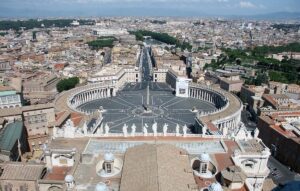
A tiny city-state with a long history at the center of the Catholic Church and containing magnificent works of art and architecture.
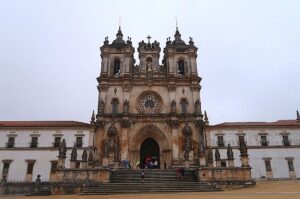
A masterpiece of Gothic Cistercian art and architecture.
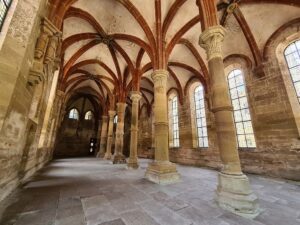
An intact and complete medieval monastery that demonstrates the transition from Romanesque to Gothic architecture.
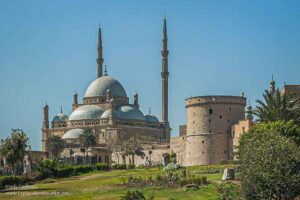
A collection of more than 800(!) structures – a fortress, religious sites, houses, cemeteries and many more – dating from about 100 AD until the 18th century.
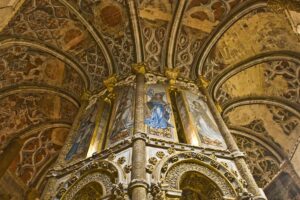
An architectural retrospective of Portugal and the Knights Templar in the form of a monastic center dating to the 12th-16th century.
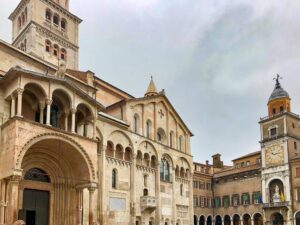
Romanesque architecture and art in harmony, in a charming Italian city.
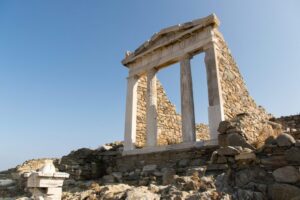
Extensive archeological site of an ancient Greek commercial center on an Aegean island.
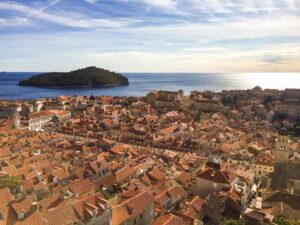
A well-preserved medieval, Renaissance and Baroque city inside extensive intact fortifications.
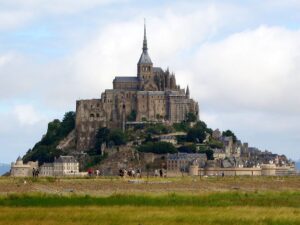
A magnificent Gothic abbey on top of a small island in a bay with dramatic tides.
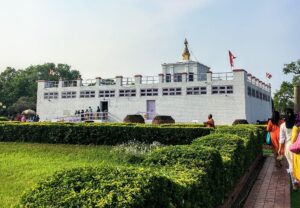
The holiest place in Buddhism, containing archeological evidence of Lumbini’s importance as a pilgrimage site.
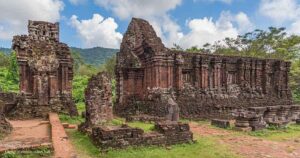
Evocative ruins of Champa kingdom Hindu temples, elaborately carved, with brick towers.
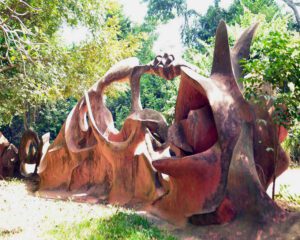
An ancient forest where Yoruba gods reside and ancient religious practices continue.
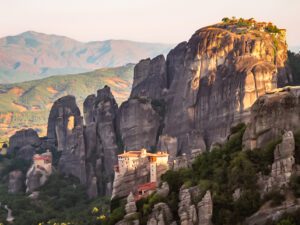
Perched on high rocks, these monasteries served as places of retreat and prayer for monastic communities.
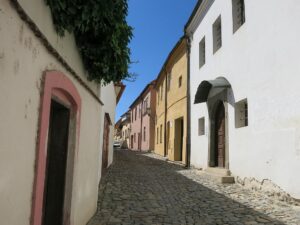
A historical Jewish neighborhood and a Catholic Basilica illustrate how Jews and Christians co-existed peacefully.
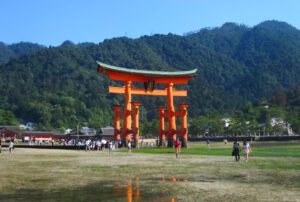
A well-preserved shrine dating to the 12th century and harmonizing beautifully with the surrounding landscape.